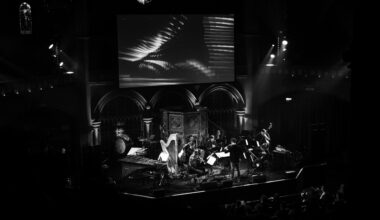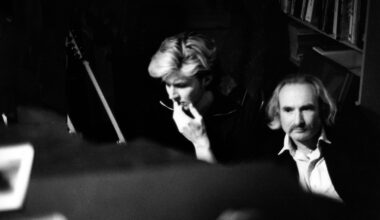If you were a teenager in the 1980s, Malcolm Garrett’s iconic record covers most probably crazy-paved your bedroom floor. Inspired by a love for electronic music and a hefty dose of early punk, his revolutionary design ideas reverberate to this day
Want to read more?
Sign up to Electronic Sound Premium to gain access to every post, video, special offers, and more. 100%, all you can eat, no commitment, cancel any time.
Already a premium member? Log in here






